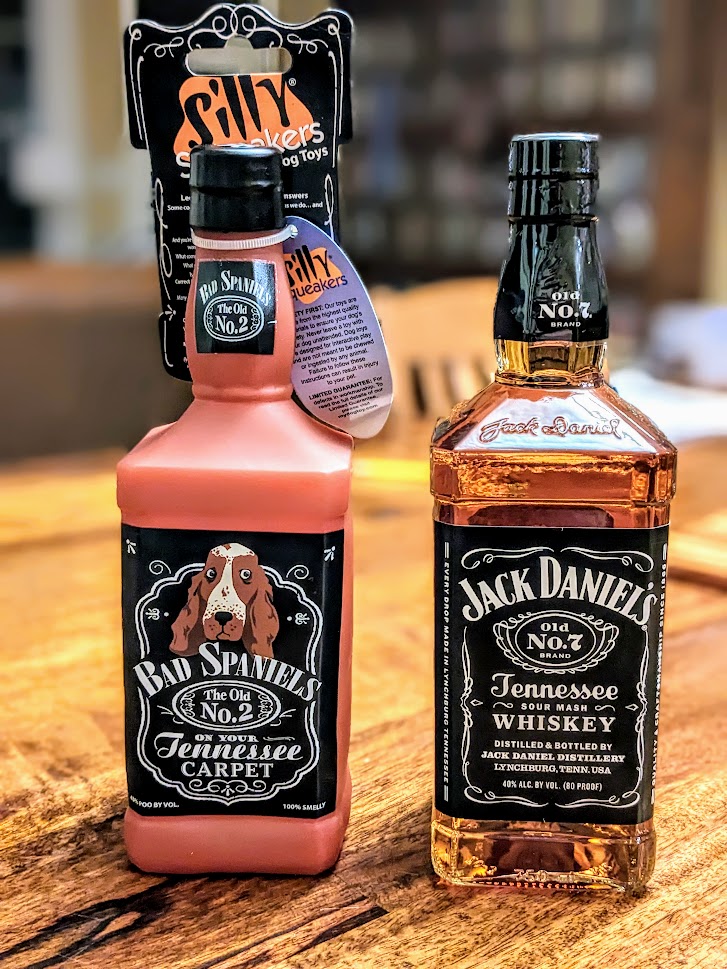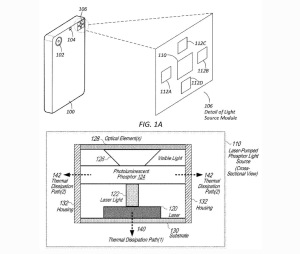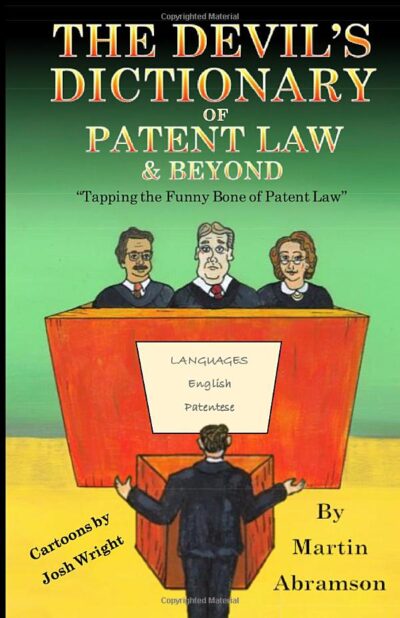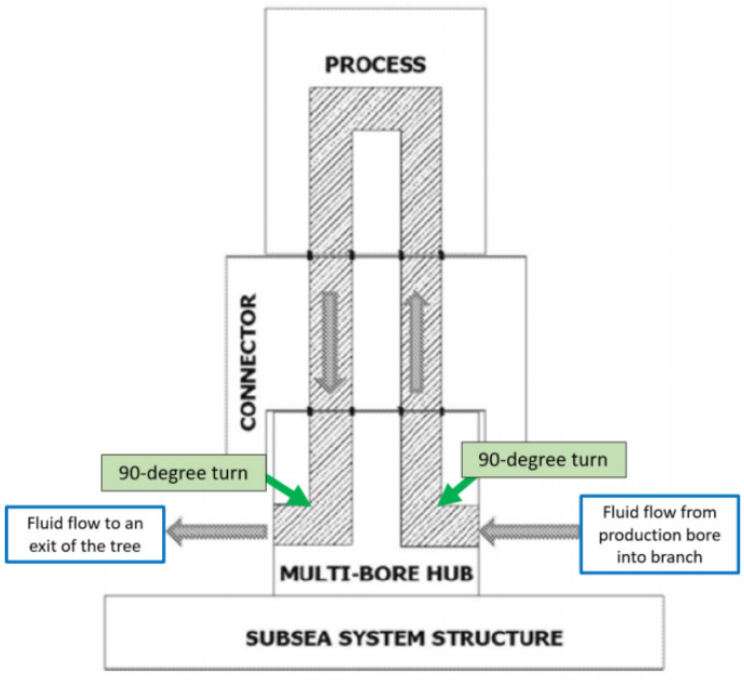by Dennis Crouch
The Supreme Court recently issued its pro-trademark-owner opinion Jack Daniel’s Properties, Inc. v. VIP Products LLC and unanimously vacated the Ninth Circuit favoring the accused comedic copycat. Justice Kagan delivered the opinion of the Court with concurring opinions from both Justice Sotomayor and Justice Gorsuch. The holding is that the First Amendment does not require any special scrutiny in cases where the accused activity is “the use of trademarks as trademarks.” Rather in this use-as-a-mark situation, standard principles of trademark law apply. The court offered the possibility (but did not decide) that a heightened situation could still apply in other situations such as use of another’s mark as artwork or for criticism, etc.
VIP’s dog toy resembles a Jack Daniel’s whiskey bottle, with several allegedly humorous alterations. Jack Daniel’s Properties, which owns the trademarks, demanded VIP stop selling the toy, leading to VIP seeking a declaratory judgment that their product neither infringed nor diluted Jack Daniel’s trademark rights. The District Court sided with the mark holder after concluding that VIP product used Jack Daniel’s features to identify the source of their own products. On appeal, the Ninth Circuit reversed, applying the Rogers test, which provides a heightened scrutiny in situations where a trademark is being wielded against “expressive elements” protectable under the First Amendment. See Rogers v. Grimaldi, 875 F. 2d 994 (2nd Cir. 1989). After a bit more procedure, the case eventually reached the Supreme Court on a question focusing on the Rogers test. The court attempted to issue a somewhat narrow holding:
Without deciding whether Rogers has merit in other contexts, we hold that it does not [require any threshold requirement] when an alleged infringer uses a trademark in the way the Lanham Act most cares about: as a designation of source for the infringer’s own goods.
Slip Op. Here, the court found that VIP’s use of the mark was as a source identifier. What this mean is that VIP does not have an extra special First Amendment excuse. However, standard trademark law already has some free speech outlet valves, such as the exception for parody. The Supreme Court remanded the case to the lower courts to consider whether VIP’s “effort to ridicule Jack Daniel’s” offer an excuse in the “standard trademark analysis.”
Trademark law includes a special cause of action for big players with “famous marks” under the doctrines of dilution and tarnishment. The trademark statute includes a fair-use exception, but it only applies in situations where the accused dilution/tarnishment is a use “other than as a designation of source.” This is a narrower exception that that available based upon judge-made law in traditional trademark infringement cases. And, the Supreme Court decided to stick with the statute — with the holding here that the VIP cannot claim fair use for the dilution/tarnishment because its use of the JD mark was as its own source identifier.
Critically, the [statutory] fair-use exclusion [for dilution] has its own exclusion: It does not apply when the use is “as a designation of source for the person’s own goods or services.” §1125(c)(3)(A). In that event, no parody, criticism, or commentary will rescue the alleged dilutor. It will be subject to liability regardless.
Id. This is a powerful boon to those already in power.
Justice Kagen’s opinion was for the unanimous court. However, 5 of the justices also signed one of the concurring opinions.
Justice Sotomayor, joined by Justice Alito, joined the majority opinion but wrote separately to emphasize the need for caution in the context of parodies and other uses implicating First Amendment concerns. She highlighted the potential risk in giving uncritical or undue weight to surveys in alleged trademark infringement cases involving parody. She argued that surveys should be understood as merely one piece of the multifaceted likelihood of confusion analysis and that courts should carefully assess the methodology and representativeness of surveys.
Justice Gorsuch, joined by Justices Thomas and Barrett, also joined with the majority opinion. Gorsuch wrote separately to underscore that lower courts should handle Rogers v. Grimaldi, with care. He noted that the Court’s decision leaves much about Rogers unaddressed, including where the Rogers test comes from and whether it is correct in all its particulars. He urged lower courts to be attuned to these unresolved issues.
Tune In Next Term for More on TM/Speech: The Supreme Court recently agreed to hear the case of In re Elster, which involves a California lawyer, Steve Elster, is seeking to trademark the phrase “Trump too small,” a reference to a taunt from Senator Rubio during the 2016 presidential campaign. Elster’s intent was to use the phrase on T-shirts to convey a message that he believed some aspects of President Trump (as well as his policies) were diminutive. However, the USPTO rejected the application, citing the prohibition on registering marks that identify a particular living individual without their written consent. The Federal Circuit ruled in favor of Elster — effectively following the Supreme Court’s prior cases of Tam and Brunetti and holding denial of registration as a free-speech violation. The Gov’t’s petition to the Supreme Court argued that Elster is different than Tam or Brunetti for a couple of important reasons: (1) the prohibition on registering another person’s name is an effective protection of competing rights of privacy / publicity held by the other person; and (2) the prohibition is viewpoint-neutral and therefore should be reviewed with less scrutiny.






 by Dennis Crouch
by Dennis Crouch









